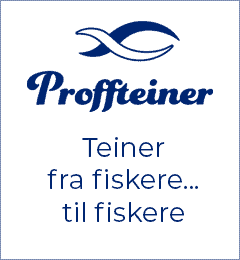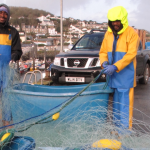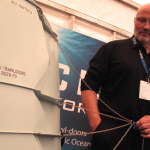Alaskan are outspoken in their views on how to either protect or develop the state. But to make a really effective opinion on environmental debate one should know how the National Environmental Policy Act (NEPA) works. Explaining NEPA is the goal of a series of educational training workshops being organized by Izetta Chambers, the Alaska Sea Grant Marine Advisory Program agent based in Dillingham.
According to the Chambers the training workshops aim to help Alaskans better understand how NEPA works, particularly when it comes to how it affects the policy-making process of the North Pacific Fishery Management Council (NPFMC).
NEPA was enacted in 1970 to guide the formation of national environmental policy that requires consideration of environmental factors and impacts during the policy-making process. The main purpose of enacting this act was to establish procedures that all federal agencies must follow to prepare environmental assessments and environmental impact statements.
Chambers informed that Alaska Sea Grant received a $25,000 federal grant to conduct a series of training and outreach workshops to engage and inform coastal Alaskans on how the National Environmental Policy Act (NEPA) works. The main aim of this project is to provide an awareness of the pertinent laws and processes of NEPA and NPFMC; it also provide background that established the NEPA and NPFMC, and objectives of the processes and laws; and give detailed information on how to provide meaningful and substantive testimony, and encourage active involvement by coastal residents; to review and critique written and oral testimony to ensure that their voices are heard during public testimony opportunities.
Training workshops are being planned in Southwest Alaska communities, as well as villages in the Yukon-Kuskokwim Delta, Aleutian Islands, and the Bering Strait region.























